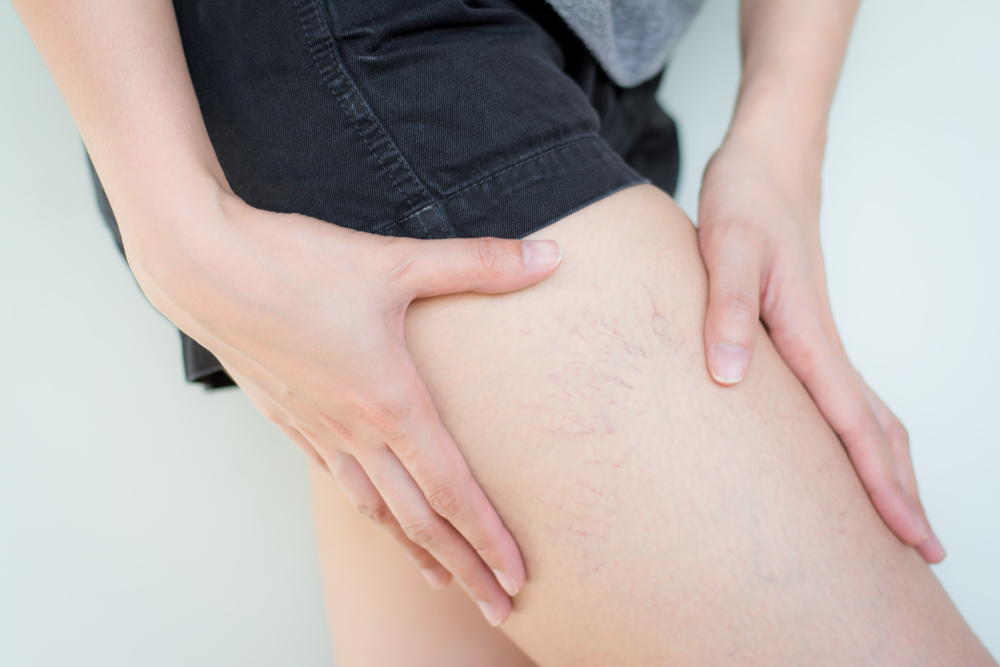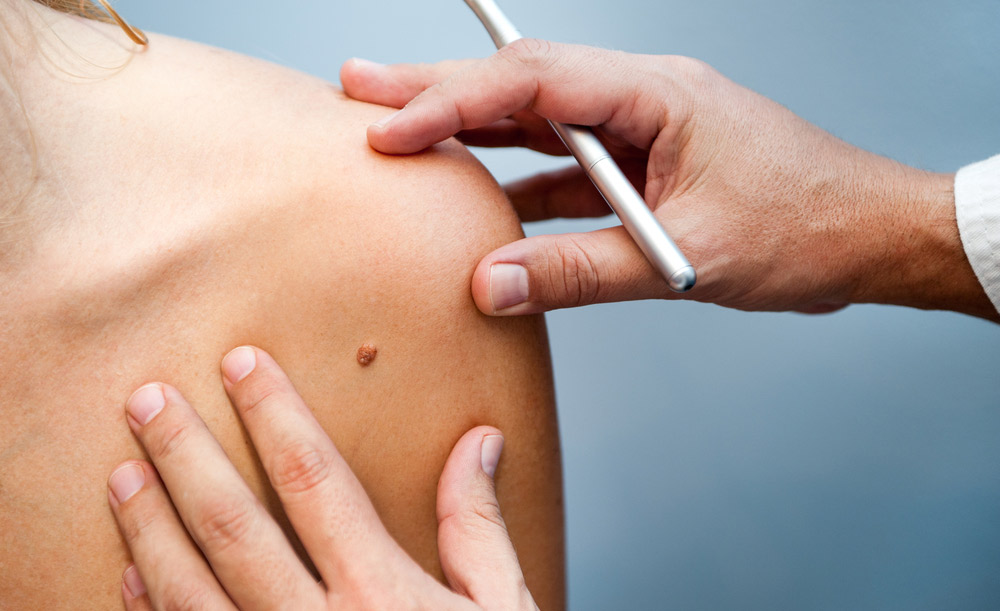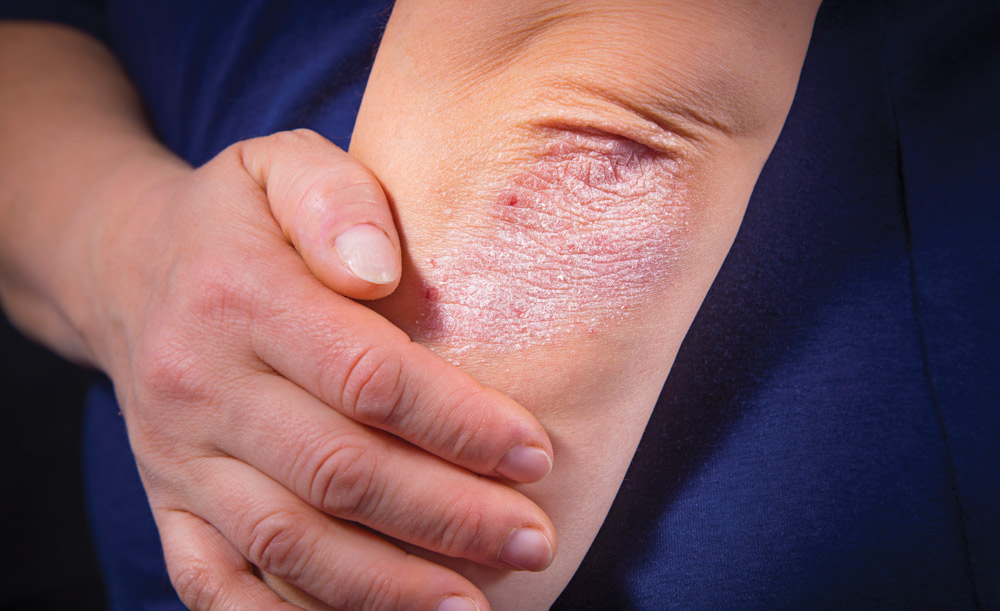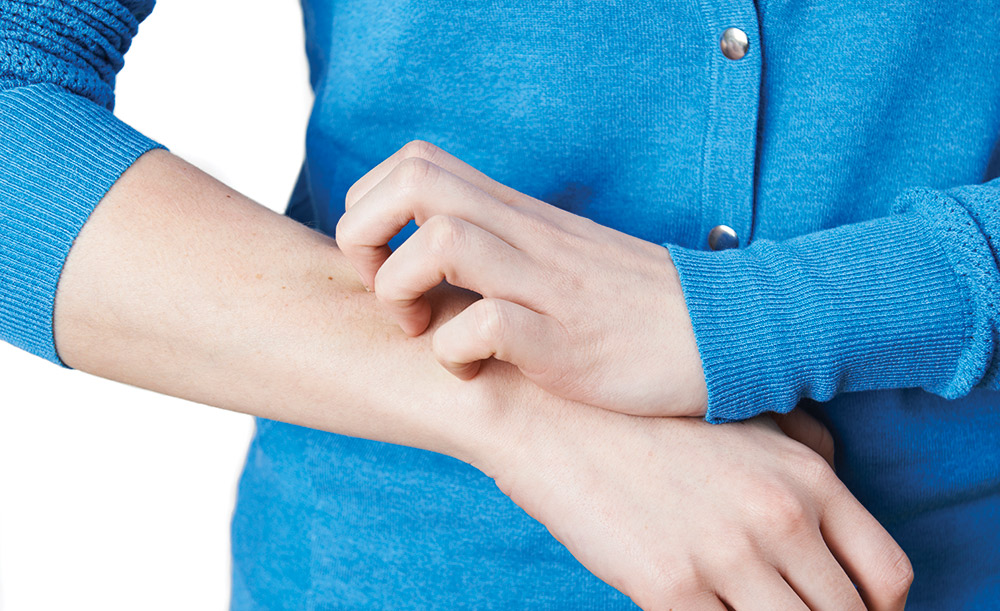This summer many women may try to strategically keep their legs covered while also staying cool. The reason? Spider veins.
With their blue, purple, or red color and web-like appearance, it’s not surprising that spider veins can make patients self-conscious about their legs and lower extremities. Fortunately, spider vein treatment is safe, effective, and can be performed in your dermatologist’s office.
Here’s what you need to know about spider vein treatment.
What are spider veins?
Spider veins are dilated blood vessels and occur when faulty valves cause blood to pool in the legs and lower extremities. They are usually a cosmetic concern and most do not cause physical pain or discomfort.
What causes spider veins?
Researchers have identified several factors that increase an individual’s risk for spider veins. They include hereditary, pregnancy, hormonal imbalance, obesity, and occupations requiring prolonged standing or sitting.
Additionally, spider veins are seen most often in women, and their likelihood increases with age.
How are spider veins treated with sclerotherapy?
Sclerotherapy is one of the most common treatments for spider veins and is non-surgical. It involves injecting hypertonic saline or sodium tetradecyl sulphate into the affected vein, causing it to swell and become sealed.
As a result, scar tissue develops around the vein, and it gradually fades away.
How can lasers treat spider veins?
Simple laser treatments collapse spider veins by heating them with light-based energy.
Endovenous thermal ablation (EVTA) applies light-based energy or radiofrequency to spider veins through a thin catheter. This thermal damage causes the vein to close and then be reabsorbed by the body.
Do spider vein treatments hurt?
Sclerotherapy is typically performed without any anesthetic, though a topical numbing cream can be applied 30 minutes before at the patient’s request. Other than a mild stinging sensation, most individuals find the procedure fairly comfortable.
What to expect after a spider vein treatment?
Compression stockings must be worn for 1 week after treatment, and patients should avoid strenuous activity during this time. However, walking is encouraged to promote circulation and blood flow away from the legs and lower extremities.
The treatment area may appear red or swollen, and these effects resolve within a few days. Additionally, patients can experience itching, light bleeding, and bruising around the injection site.
Treatment results
In most cases, results can be noted in 2-3 weeks. A series of treatments may be needed for optimal effects, and sessions can be performed every 4-6 weeks.
For additional information about spider vein treatment, please call our office today for a consultation.










